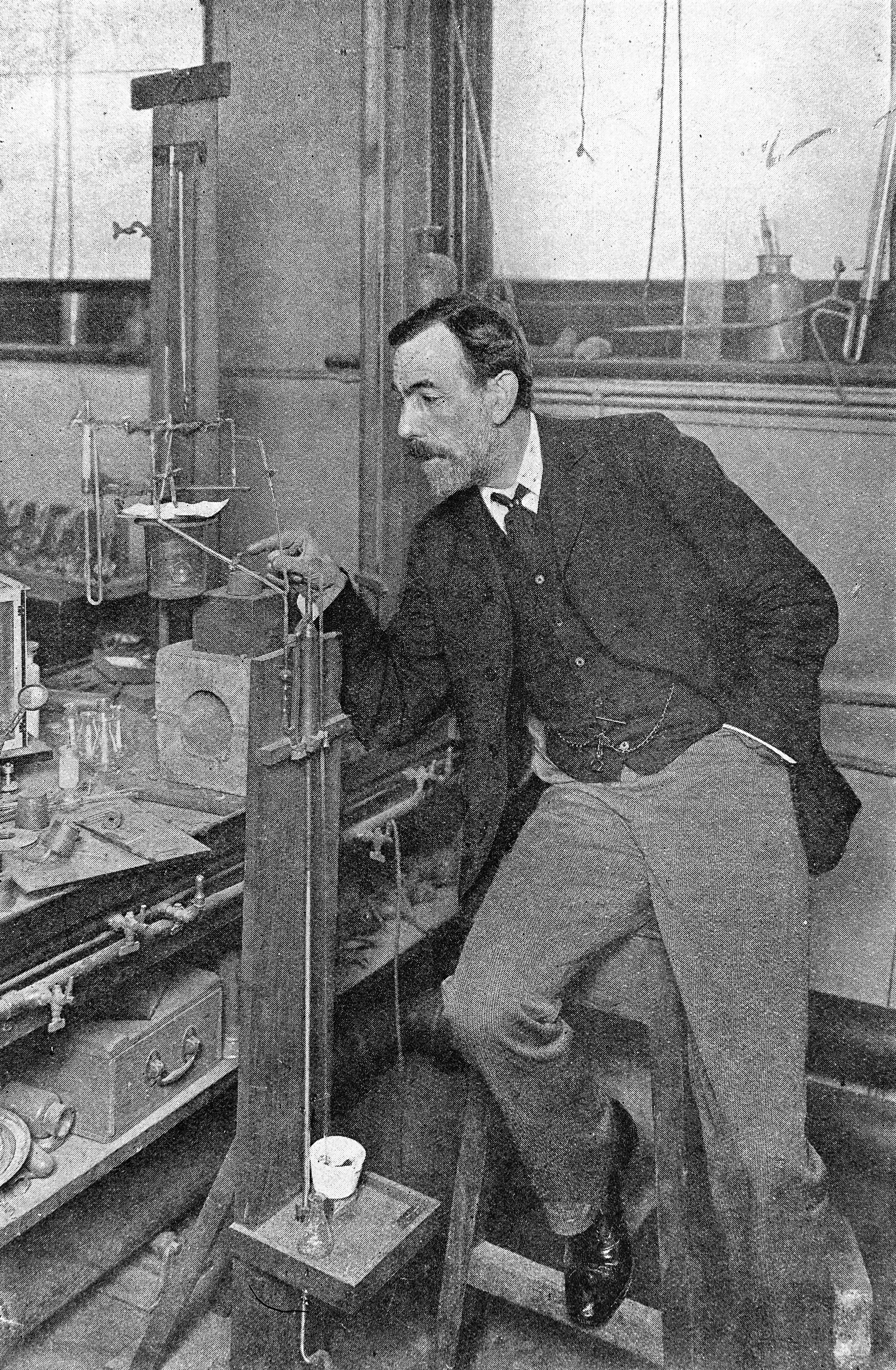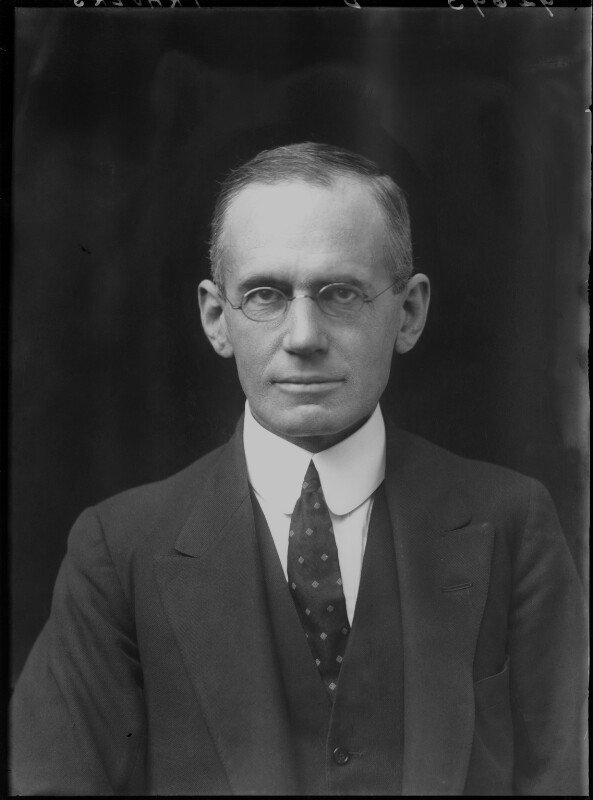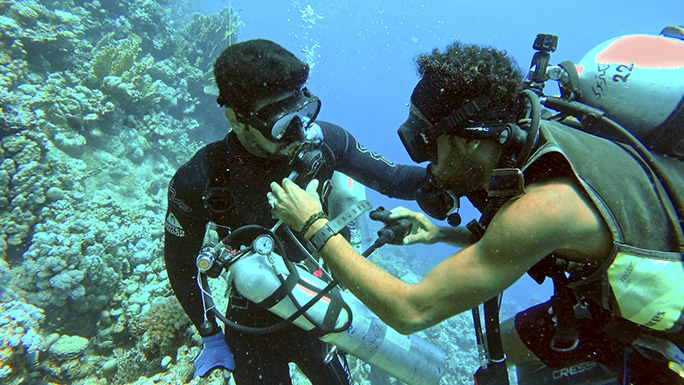


Clockwise from left: the classic neon sign (from PickPik), neon as it appears in the periodic table, vacuum tubes in old televisions use neon as an inert gas for easy projection of electrons (from Wikiwand).
Today we round off the noble gases (the group of elements in column 18 of the periodic table that are pretty unreactive) with neon.
Neon was discovered just after krypton by Brits William Ramsay and Morris Travers at the end of the 19th century. After discovering argon in air, Ramsay and Travers started looking for other trace gases through liquefying air and slowly evaporating it to see what came off. When they found the heavier element krypton, they were a little surprised, as they were expecting a lighter element. So this time they cooled some argon right down until it turned solid, then allowed it to evaporate very slowly and took the first gas they found off it. This time they found a lighter gas, which they named neon using the Ancient Greek “neos“, which means “new”. Always a risky name to called something as now it’s over a century old, but the name stuck.


The two founders of most noble gases- William Ramsey (left; from Wikimedia Commons) and Morris Travers (right; from Imperial College through Twitter).
One application of neon has become possibly a more famous use of the word than the element itself- glowing signs. When Ramsay and Travers were investigating their new gas, they found that it glowed a bright red colour when electricity was passed through it. Then in the early 20th century a French inventor called Georges Claude managed to have enough neon being produced as a by-product of his air liquefication business (Air Liquide) that he could start selling neon gas-discharge lamps commercially. After a brief failure to sell them as an indoor domestic source of light (apparently the colour was off-putting), Claude began using that distractingly bright red light for advertising signs, which really did take off.
There are a few other uses for the noble gas. Neon’s inertness means it is often used in vacuum tubes in old television sets, as an insulating gas to protect electronics on pylons from lightning strikes, and as an inert gas used for breathing in diving equipment (it is more expensive than helium but also lowers the risk of squeaky voices). Liquid neon is often used as a cryogenic (where it reaches temperatures of around −246°C), although it is very expensive and so is only used in niche situations.

And that’s neon- the bright, “new” and vacuumed element!
